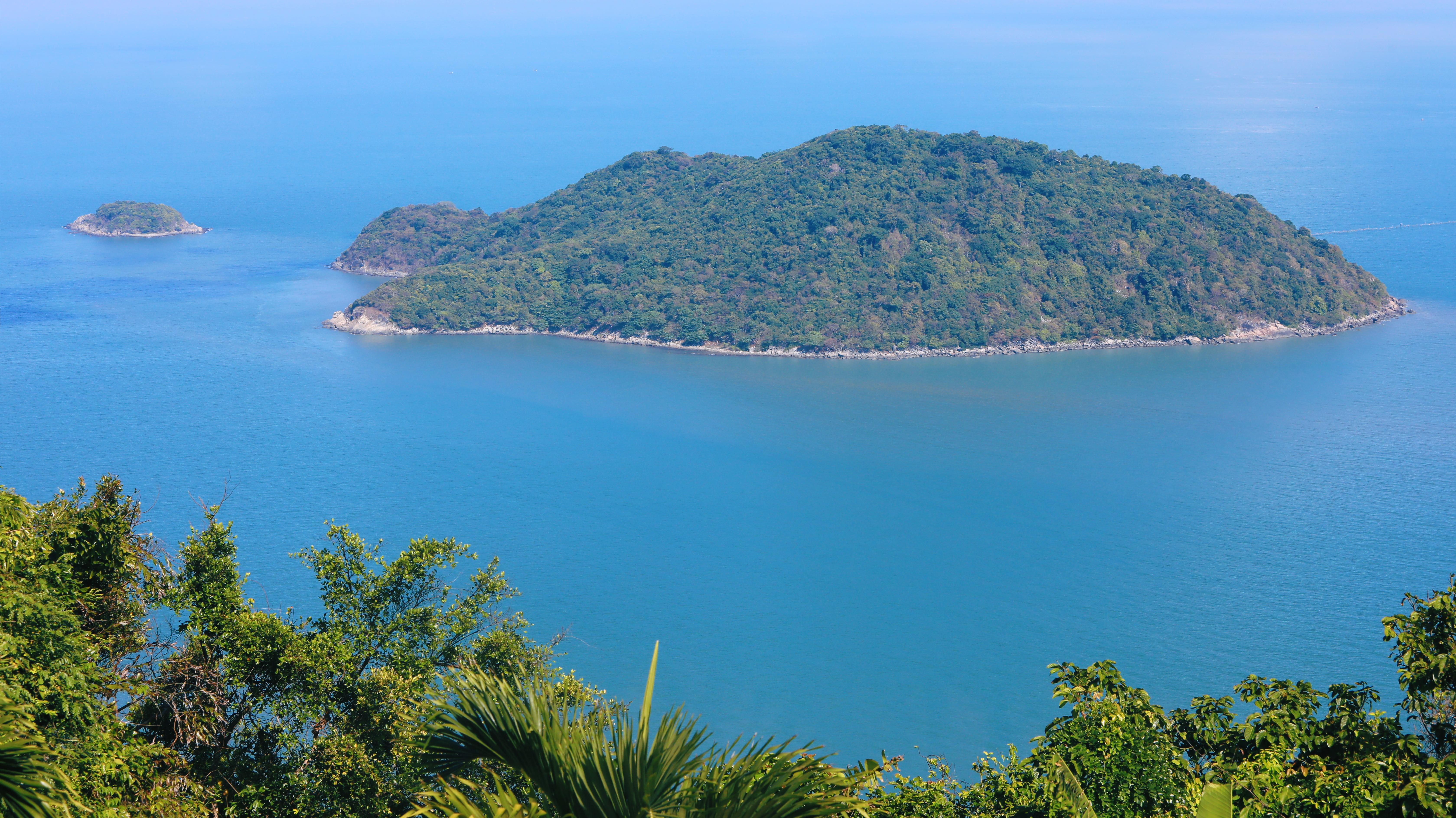Special geographical location
If not counting the Truong Sa archipelago, Hon Da Le - point A2 on the baseline of Vietnam's territorial waters - is the last territory of Vietnam to the South. Many years ago, I learned a lot about this point A2 but the information was extremely vague, almost zero. The information on the Internet was at most just the name Hon Da Le, geographical coordinates, sometimes there was information mistakenly recording point A2 with the name Hon Da Bac and there were no pictures of this place. My close friend Tran Dang Dang Khoa and I also planned to go to this Hon Da Le, but partly because the journey was difficult, partly because the work was not favorable, so our plan was delayed. But in the end, luck did not refuse me, recently I have realized my long-standing plan.

Along the coastline, there are a total of 11 points forming the baseline of Vietnam's territorial waters, the inside of the baseline is called the internal waters, from the baseline calculated out 200 nautical miles will be the exclusive economic zone of Vietnam. From Saigon, I had a long journey to make a business trip to Hon Khoai, and immediately I thought of planning to set foot on Hon Da Le. There is almost only one way for you to get to Hon Da Le: first go through Hon Khoai, then, you will go with the border guards to get to point A2.
Starting from Hon Khoai
Hon Khoai is a military area, so ordinary people are not allowed to come here. On the island, there are navy, air force, border guards, radar, and forest rangers stationed with the task of watching over and protecting this island. Every year, the seasonal changes in winds and sea currents have swept garbage onto Hon Khoai. Therefore, on this trip, we coordinated with some local forces to carry out a campaign to clean up the beach.

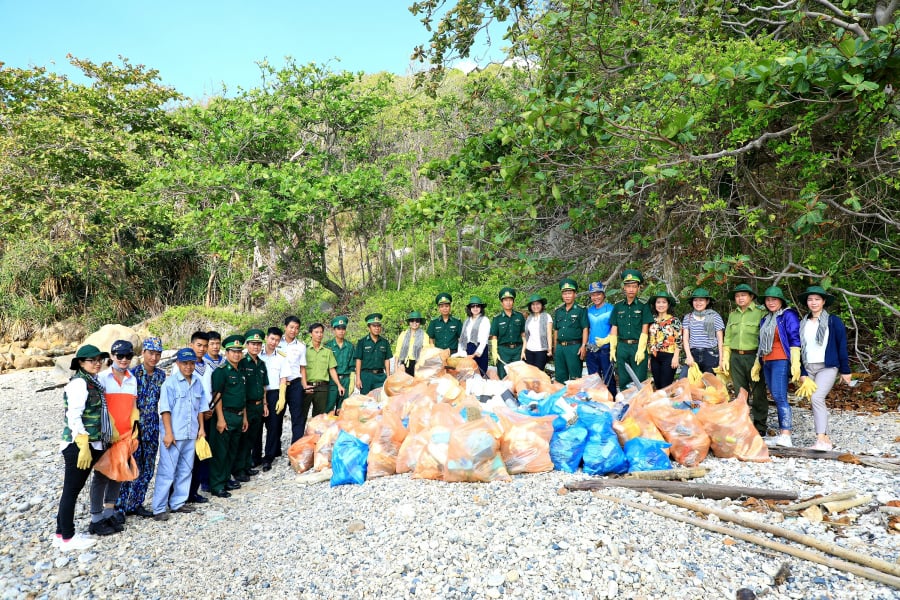
Because it is a military island, the ecosystem in Hon Khoai is quite special. I still remember the wonderful feeling when wandering among the vast green forests and small beaches intertwined with each other. What I like most is the moment standing on top of Hon Khoai lighthouse looking at the windy sea and sky in all directions. Hon Khoai lighthouse, one of the oldest lighthouses in Vietnam with 120 years old, is only 2 years younger than the oldest lighthouse, Ke Ga. Looking to the south, Hon Da Le is small but clearly visible in the middle of the dark blue ocean.
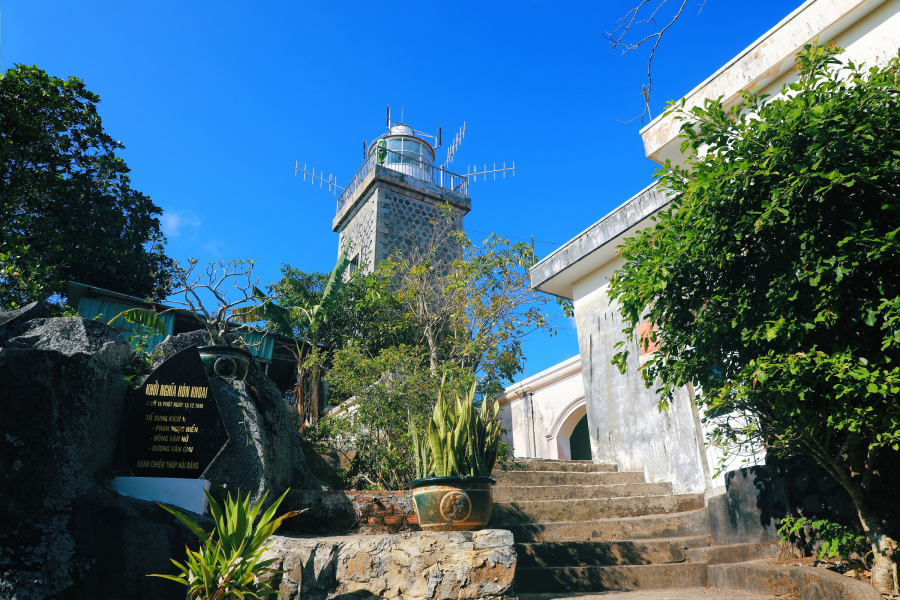
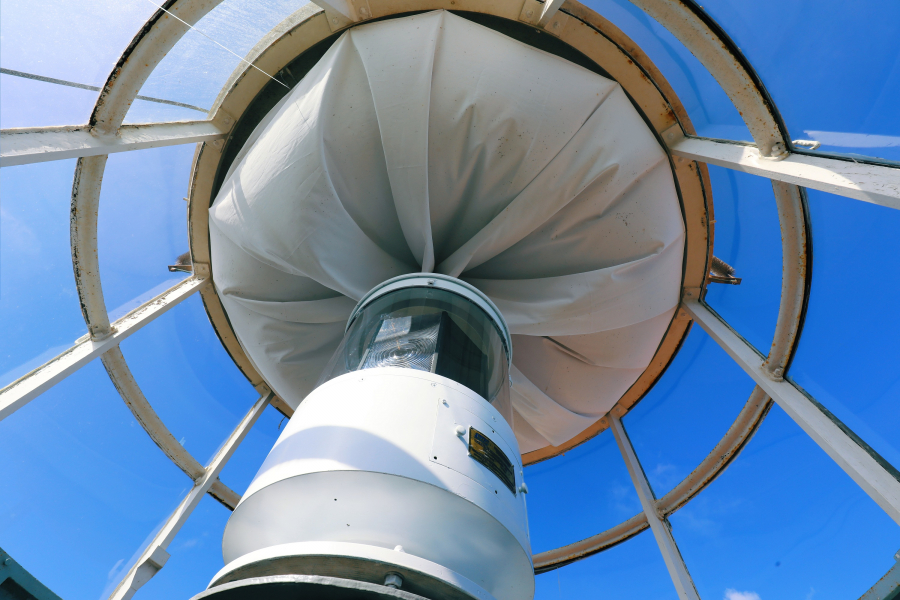
According to the plan, we would explore point A2 of the territorial baseline in the early morning. That night, the weather was cool and the space was quiet, but I could not sleep because I was restless waiting for the moment of dawn to wake up so that I could soon set foot on Hon Da Le. When the sun gradually appeared, all members of the group quickly had breakfast and eagerly boarded the ship. The journey started at 8am, after just over 40 minutes, we arrived at the port.
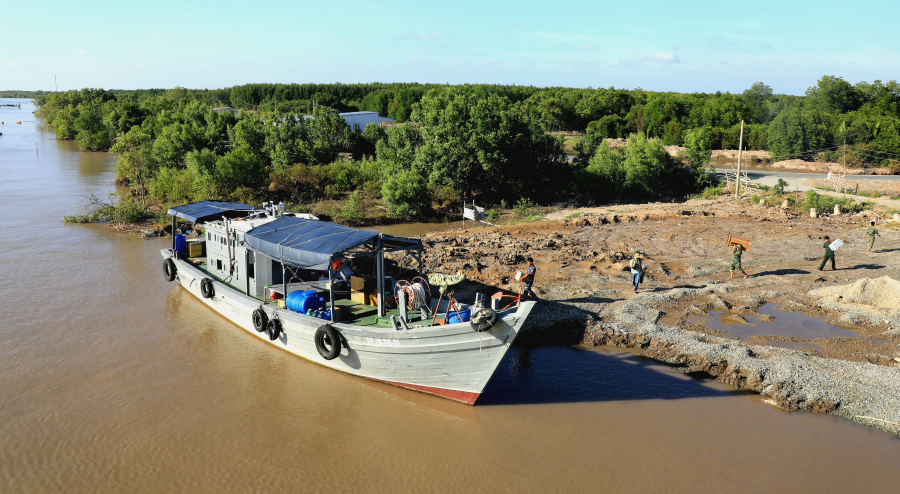
Along the way, I saw many rows of stakes stretching out to sea. Through talking with the border guards, I learned that this was the bottom landing site of the people of Ca Mau. They were very smart, taking advantage of the direction of the water flow to spread nets for the fish to drift in. On the skinny stakes were small temporary houses for fishermen to guard their nets. The movement of the fishermen was also very difficult. They moved back and forth using thin ropes, looking from afar like circus performers performing in the deep blue sea - very impressive. Every day, these fishermen had to face the harsh sun to carry out their arduous work, just a small mistake when tired could lead to unfortunate incidents.
Beyond the bottom of the sandbank, Hon Da Le gradually appeared before our eyes. Completely opposite to what we saw when observing from Hon Khoai lighthouse - Hon Da Le is actually much larger. Although the weather was nice, the underground water flow was very strong, so docking the ship to the island was extremely difficult. The captain decided to anchor the ship about 200m from shore and use a basket boat to get to the island.
The wild and lovely Hon Da Le
As soon as I set foot on the island, I ran to the highest point to see the whole Hon Da Le and shouted in extreme excitement because I was lucky enough to set foot on this extremely special territory of the Fatherland. The feeling when a long-cherished dream came true was truly wonderful.
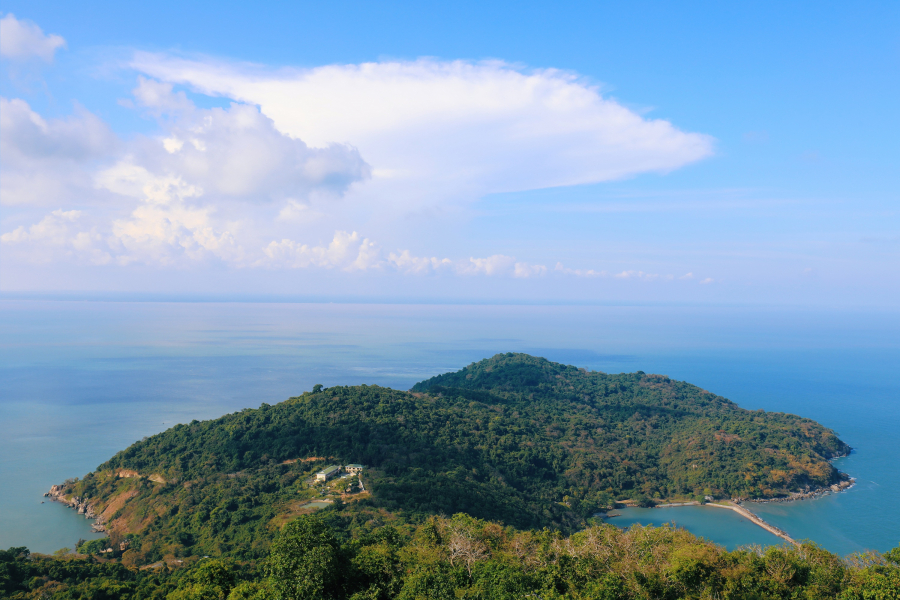
I started to walk around the island to explore. The island is about 125m long, 34m wide and about 7m above sea level at its highest point. It is home to many species of seabirds such as seagulls, swallows, and gulls. Going down to the north of the island, I came across a beautiful natural fish lake. This is originally a large depression, when the tide recedes, many species of fish and crabs get trapped, swimming around beautifully. There are countless oysters, snails, and sea urchins, tens of thousands of them living here. Stone crabs are the most numerous species on the island. They crawl out to sunbathe on the rocks and sneak in and out when there is a noise, looking very adorable.

From Hon Da Le, you can observe the remaining four islands of the Hon Khoai archipelago, namely Hon Doi Moi (Turtle Island), Hon Sao, Hon Tuong (Rabbit Island) along with the radar station and lighthouse on top of Hon Khoai. Although it is an uninhabited island, as soon as you land on the island, you will immediately be under the observation of the border guards and navy. Anyone who lands on the island will be clearly seen from radar station 595 (belonging to the Naval Command of Region 5) on top of Hon Khoai.
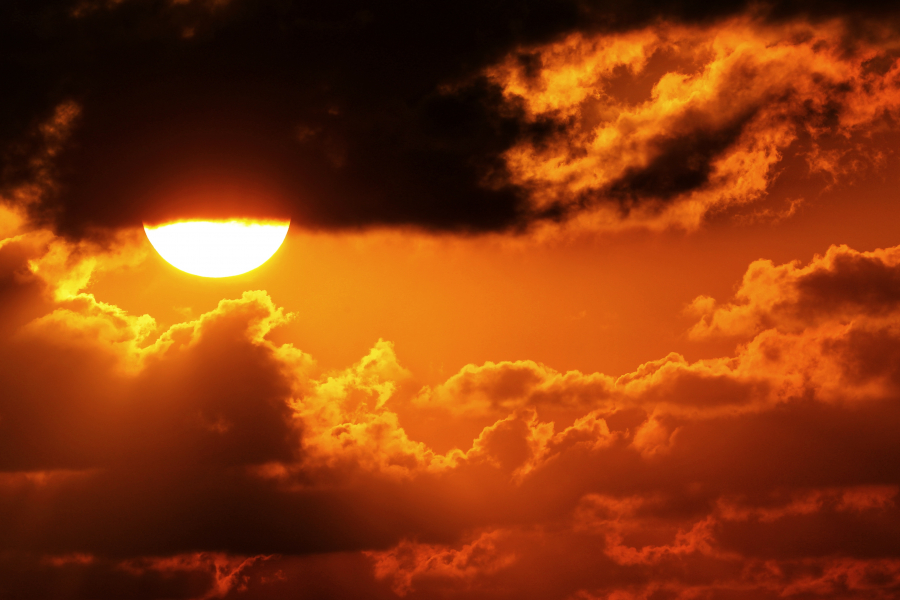
When it was noon, we had to leave the island to return to the mainland. The ship had already started its engine and was moving away, but I still tried to look back and felt a little regretful. The wonderful trip ended and my passion for discovery suddenly became a little more intense. The trips were not only to admire the scenery but also to help me understand and love my country more. There are still many pieces of my homeland that I have to find to fill in my picture: I love Vietnam!
MORE INFORMATION
-Trip:You can contact to rent a boat at Nam Can port (Ca Mau) with the cost varying depending on the size of the boat. You should agree in advance with the boat owner about visiting the remaining islands of Hon Khoai archipelago when returning from Hon Da Le, if not agreed in advance, there will be additional costs.
- Accommodation:You should sleep in Nam Can the night before, then rent a boat to the island the next morning. Accommodation in Nam Can costs around 200,000 - 400,000 VND/night.
- Note:
- Before visiting, you must go to Hon Khoai border station to ask for permission because this is an area bordering international waters.
- On Hon Da Le there are absolutely no services so you must prepare food and drinks.





